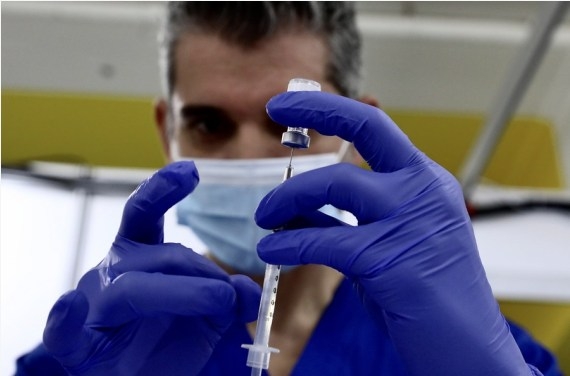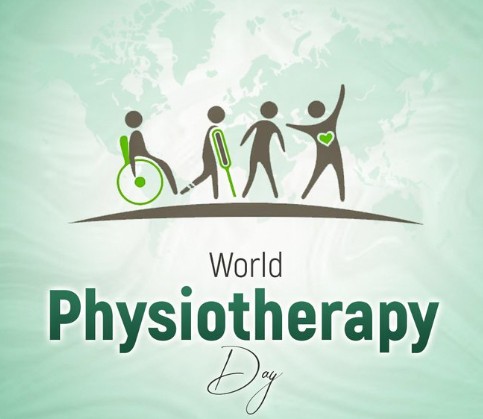It showed that the US is predicted to have the highest number of diagnosed prevalent cases of Parkinson’s…reports Asian Lite News
Parkinson’s disease (PD) is expected to increase to 3.15 million in 2033 from 2.64 million in 2023, at an annual growth rate (AGR) of 1.94 per cent, according to a report on Monday.
The report by GlobalData, a data and analytics company, showed the rise in prevalence of diagnosed cases of the progressive brain disorder will specifically be seen in the seven major countries — the US, France, Germany, Italy, Spain, the UK, and Japan.
It showed that the US is predicted to have the highest number of diagnosed prevalent cases of Parkinson’s (1.24 million). Italy, with nearly 0.16 million cases, will have the lowest number.
“In 2023, adults aged 60 and older accounted for over 90 per cent of diagnosed prevalent cases of PD, while adults ages 18-39 made up less than 1 per cent. This age distribution aligns with findings showing higher PD prevalence among older populations,” said Rahul N Ravi, Senior Epidemiologist at GlobalData.
“There is a slight predominance of sex-specific diagnosed prevalent cases favouring men. Differences across the sexes and markets may be mostly attributed to differences in the underlying demographic differences in each market, as well as the significant differences in sex-specific diagnosed prevalence,” Ravi added.
PD is an incurable neurodegenerative disease clinically categorised as a movement disorder with prominent motor symptoms, including tremors, rigidity, and bradykinesia. It is the second most common chronic progressive neurodegenerative disorder in the elderly, after Alzheimer’s disease.
While current treatments provide symptomatic relief, there is no cure available to halt or slow the progression of the disease.
“PD is among the most common chronic, progressive neurodegenerative disorders affecting the elderly population. As PD predominantly impacts older adults, countries with growing ageing populations must develop strategies to address the healthcare needs of individuals with PD,” Ravi said.
He added that in the coming 10 years, the seven countries with the highest risk are expected to be crucial for PD treatment due to their ageing populations.











